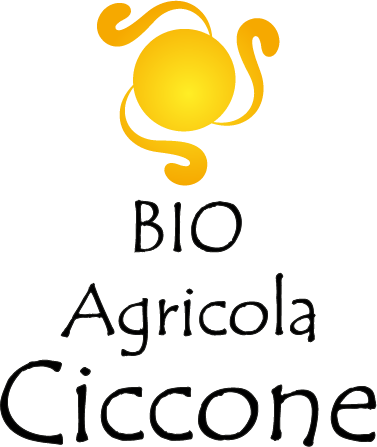Sicilian organic citron: characteristics
The ancestor of citrus fruits, the citron (Citrus medica), belongs to the Rutaceae family and has a long history. Although its exact origin is unknown, it is thought to have traveled from Persian lands to Italy in the third century BC, where the southern climate provided it with a suitable home.
For millennia, Buddhist monks have used it in their ceremonies and passed down its significance from generation to generation, viewing it as a symbol of wealth, happiness, and longevity.
It is imperative to select organically grown citrons, like those cultivated on our farm, because the fruit’s tough, canary-yellow skin makes up over 70% of the fruit and is typically consumed with the flesh. Slices of citron can be either raw or seasoned with oil and salt.
The pulp is tiny and tastes incredibly delicate, more sweet than sour and suggestive of lemon. Rich in essential oils like limonin and citral, the peel is used in numerous recipes for pastries, candied fruit, liqueurs, jams, risottos, salads, and drinks like citronade.
The essential oils from cedar peel are used in cosmetics to make shampoos, soaps, and fragrances.
It promotes hair development and is used in massages, anti-cellulite, and anti-baldness treatments. It is diluted with a few drops of water and massaged into the scalp once a day.



